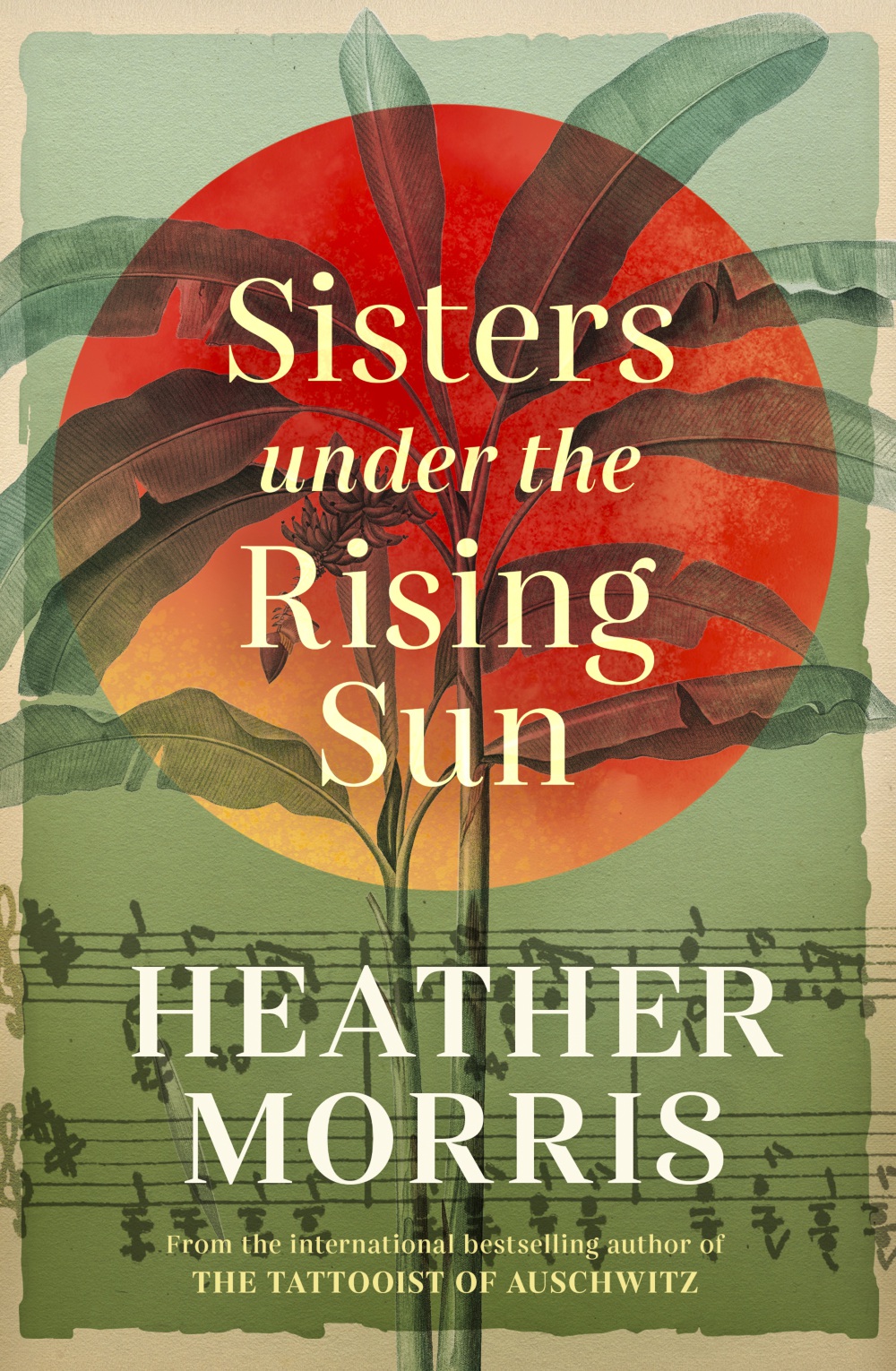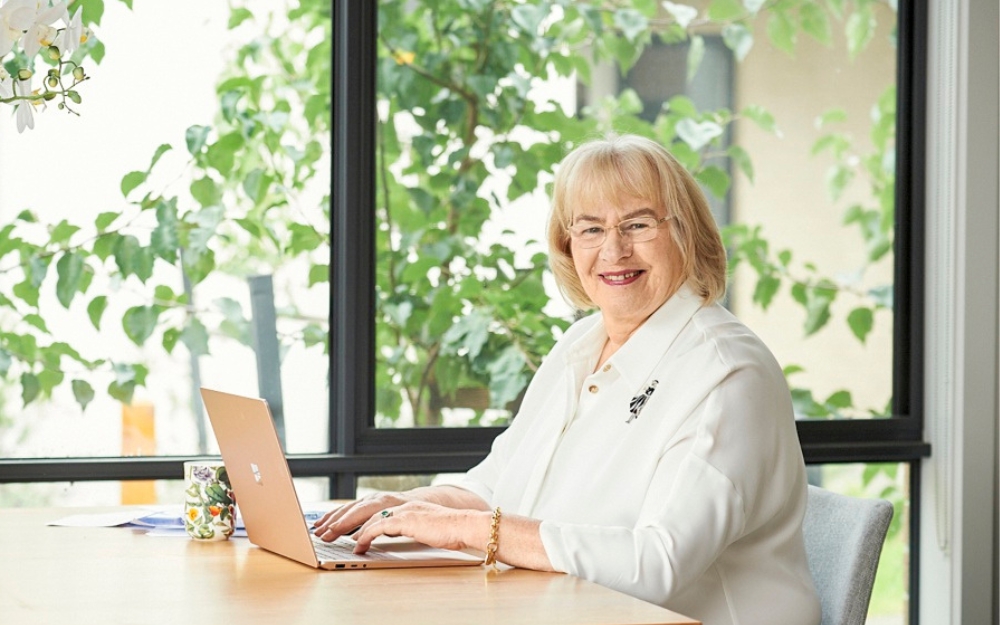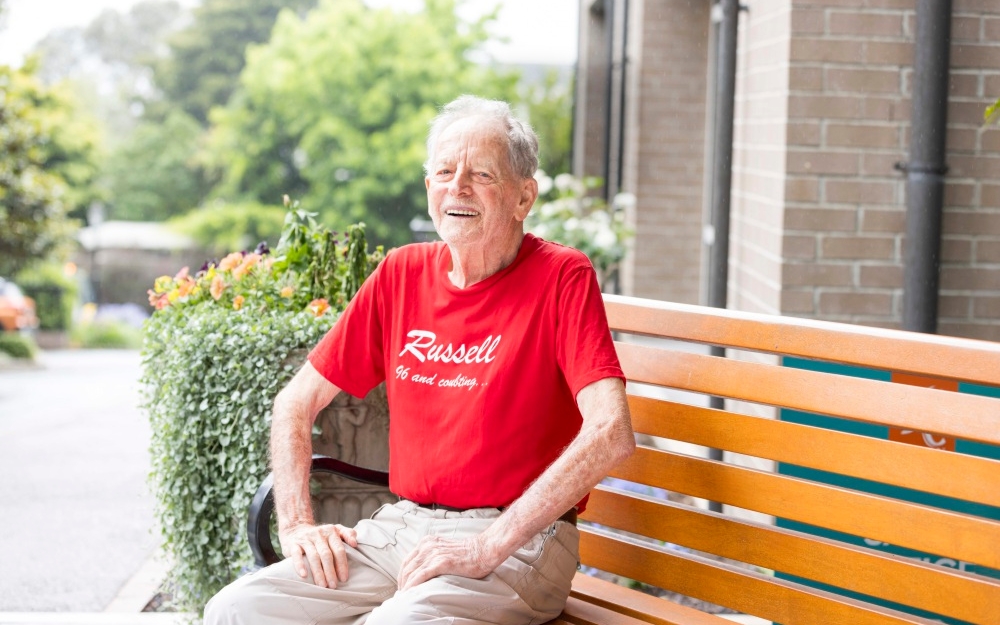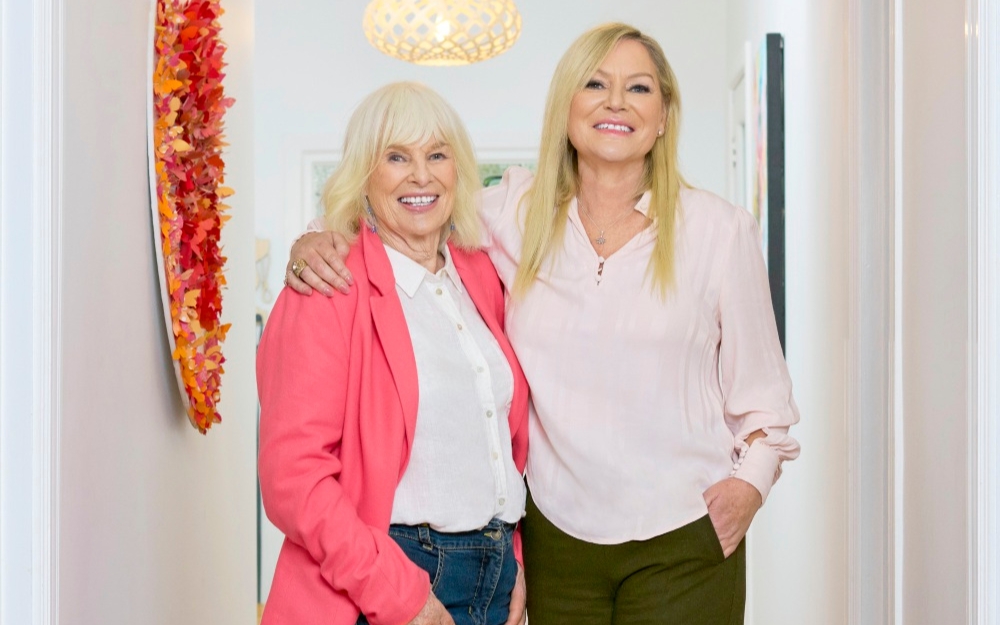New Zealand-born author Heather Morris shot to fame with her debut novel The Tattooist of Auschwitz in 2018. It tells the true story of Lale Sokolov, a Jew imprisoned at Auschwitz in 1942. When the SS discovered he could speak multiple languages, he became the Tätowierer – the tattooist who branded the prisoners. At the concentration camp he met Gita, falling in love while tattooing her. The story is currently being made into a TV series starring Kiwi Melanie Lynskey as Heather and Harvey Keitel as old Lale Sokolov.
Five years and several books later, Heather again tells incredible, often harrowing stories of people who lived through World War II.
Her latest, Sisters Under the Rising Sun, is the story of the resilience and survival of Australian nurses Vivian Bullwinkel and Nesta James, and English musician Norah Chambers – who at the book’s beginning puts her daughter Sally on a boat leaving Singapore to try to keep her safe as the island falls to the Japanese.
“As a child, I lived in Pirongia, where people are outnumbered by cows and the only books we had before I went to high school was the Encyclopaedia Britannica,” says Heather, 70, who wrote her book Stories of Hope about family and how listening shaped her.

Growing up in Pirongia with her brothers, Heather craved news of the world.
“I had nothing that taught me about the world, except my great-grandfather, who told stories only to me – never to my four brothers.
“I’d get off the school bus and visit him, two paddocks away. We’d sit on the back verandah and he’d tell me about his life, and how he found himself in South Africa in the Boer War at age 16. His older brother wanted to enlist, so both brothers rode horses from Pirongia to Auckland. At the time, the requirement to join the NZ Army was that they could ride a horse, so away he went.
She continues, “On arrival, they were greeted by General Kitchener, who took my great-grandfather under his wing. For the next two years, he was Kitchener’s ‘boy’. Kitchener even wrote to my parents, telling them, ‘I have your son and will see he comes to no harm as long as I’m breathing.'”
Today, Heather loves telling real people’s war- time stories. “I became intrigued by the people, not the circumstances,” she explains.
Previously, Heather worked as a social worker in a trauma hospital for 20 years, where she learnt how to deal with the suffering she’s heard from her books’ characters – first from Lale, then the nurses in Sisters Under the Rising Sun.

“Rule number one of working in trauma is that you can’t take the guilt and pain on board,” she says. “It’s the same with these survivors’ guilt and trauma.”
Heather has spent much of her life listening – a skill she says we’re losing.
“It shouldn’t be a skill you have to learn, to shut up and listen,” she says. “I’m trying hard with my grandkids, who range from ages 11 to four. They’ll be running around yelling, and I’ll say, ‘Sit down and listen to Grandma.’
“When I worked at the hospital, we had to listen every day, that’s the job. So when it came to writing, to telling these people’s stories – how lucky am I to have met these people, to have read and heard their stories?
“Unlike a journalist, I had no time constraints. With Lale, I just happened to meet a beautiful man who wanted to tell his story. It took months before it registered that I was talking to living history.”

Showing her pou (pole) on the Te Awamutu Walk of Fame to her grandkids (from left) Nathan, Ashton and Rachel.
Things were no less impactful when she discovered Norah, Nesta and Vivian.
“My publisher told me about Vivian and I thought, ‘Why would the rest of the world want to hear about a couple of Australian nurses?’ But the more testimonies I read, the more I saw that while all the nurses helped with the physical illnesses of the prisoners, the more the name Norah Chambers came up. It was in her capacity to write music, to form choirs and create a vocal orchestra to create music that lifted the souls of these women who lived in squalor.”
Heather’s research eventually led her to a small article written in a church newspaper on the tiny island of Jersey in 1956, which said Norah was the church’s choir mistress.
“I couldn’t believe it. I rang the church and said, ‘I presume Norah is no longer alive’ and she wasn’t. But her daughter Sally – the little girl who was put on that boat from Singapore in February 1942 – would be there for service on Sunday.”

Nurse Nesta with husband Alexander in 1963.
So Heather travelled to Jersey, meeting 87-year-old Sally, who as a child was told her parents were dead.
“She was fabulous,” says Heather. “She gave me copies of some 80 pages of the scores that her mother had written in the jungle in Sumatra on scraps of paper, which are priceless.”
Both the book and the story within it are fascinating.
“I had testimonies from 500 women,” tells Heather. “I feel incredibly humbled to tell their stories.”
Sisters Under the Rising Sun by Heather Morris (Allen & Unwin, rrp $36.99) is in bookshops now.


